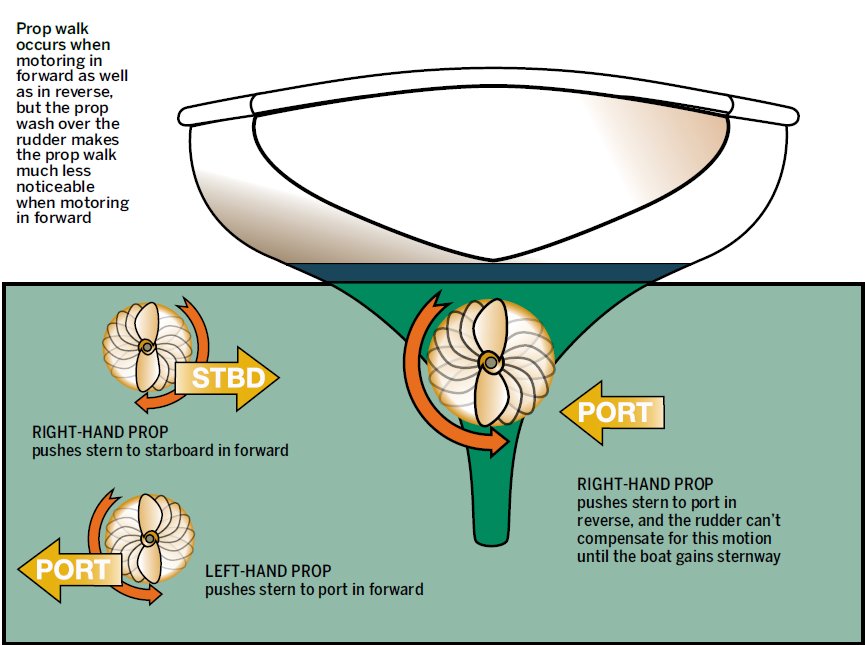Hi Everybody
I was wondering if anybody know an company or individual that provides boat operating instruction.
My situation is I've been operating my own boat for about 10 years and in general I do OK and am fairly confident in open water. However, navigating in tight place around the dock and parking are still very stressful. All my boat operating knowledge has been self taught and by watch others from afar. I've learned to park and can do so with OK proficiency.
I've just bought a new boat that is significant larger. I would like learn the proper way to PROFICENTLY maneuver through the marina and slip. I think its time for me to learn the proper way and not just by trial and error. The last thing I want is to damage somebody else's boat!
Referral or ideas would be much appreciated.
I was wondering if anybody know an company or individual that provides boat operating instruction.
My situation is I've been operating my own boat for about 10 years and in general I do OK and am fairly confident in open water. However, navigating in tight place around the dock and parking are still very stressful. All my boat operating knowledge has been self taught and by watch others from afar. I've learned to park and can do so with OK proficiency.
I've just bought a new boat that is significant larger. I would like learn the proper way to PROFICENTLY maneuver through the marina and slip. I think its time for me to learn the proper way and not just by trial and error. The last thing I want is to damage somebody else's boat!
Referral or ideas would be much appreciated.


